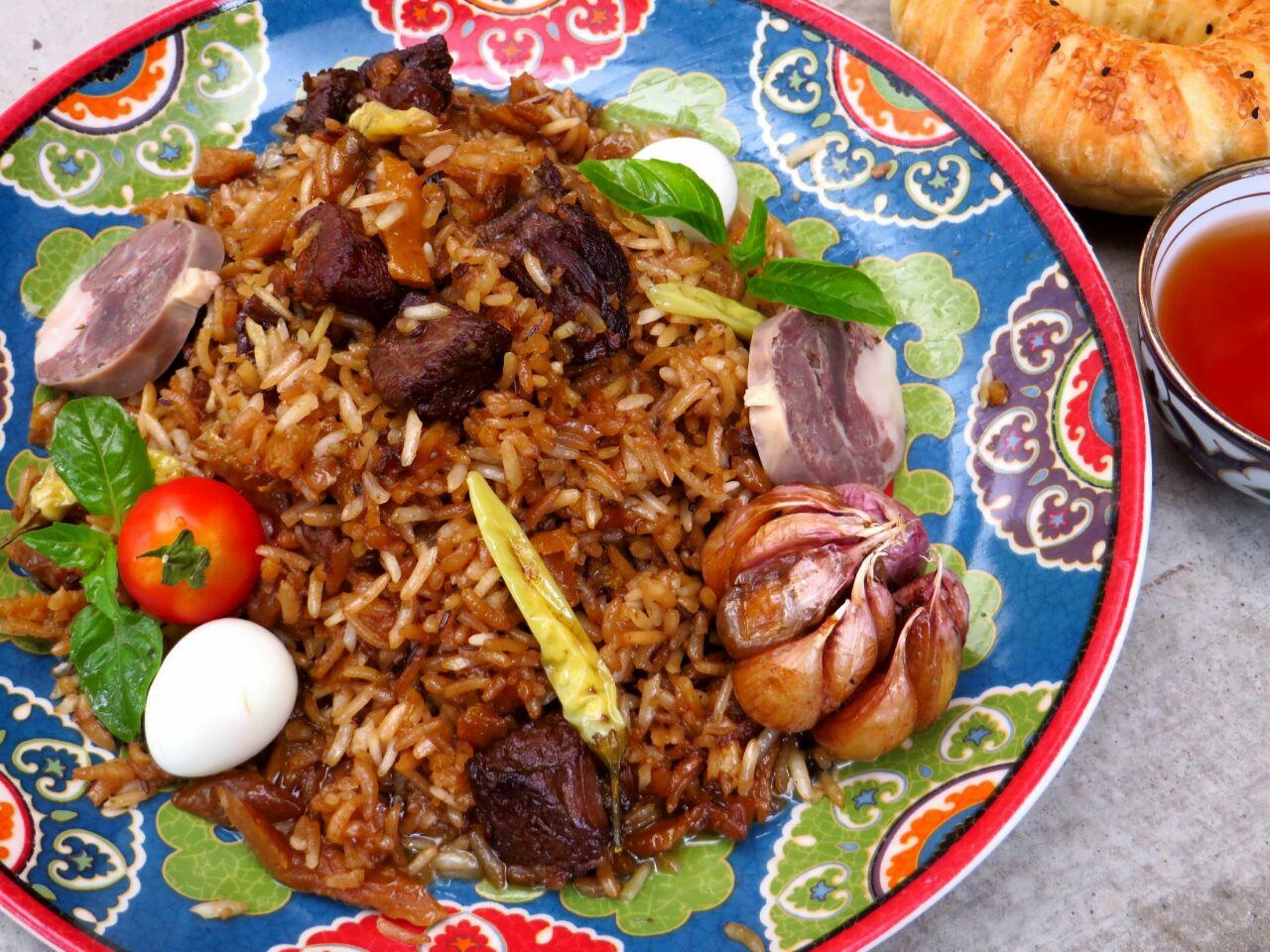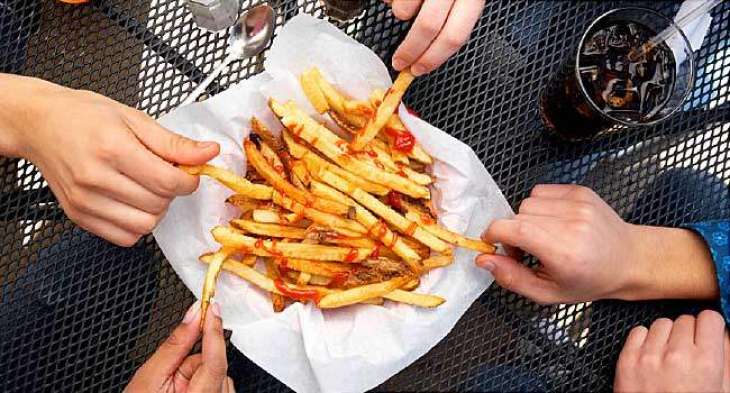Is Uzbek cuisine actually to die for?

While food is certainly a draw for Uzbekistan, an emerging destination on the historical Silk Road, a recent study gave its cuisine a new superlative: the world’s deadliest food. BBC travel reported.
What is Uzbek food?
Located along the former Silk Road, Uzbekistan has long benefitted from an exchange of goods and ideas with its neighbours. This exchange allowed its culture to bloom, as can be seen in the country’s stunning mosaics, crafts, artwork – and especially food.
Uzbek cuisine is hearty, rich and delicious. Developed to feed an agrarian society, many of its dishes are packed full of calories once needed to sustain workers in the fields. Recipes are heavy on meat, relying primarily on the fatty sheep that graze in the country’s pastureland. Other staple ingredients include flour, rice, vegetables and oil, as well as spices such as cumin, pepper, coriander, cinnamon and bay leaves.
With these ingredients, Uzbek cooks continue to whip up an impressive array of dishes, from delectable dumplings and soups to mouth-watering noodles and kebabs.
The dishes
Uzbek recipes vary from region to region, but the cuisine is unified by its “national dishes” that are commonly eaten and widely available throughout the country. The most popular and well known are:
Somsa: pastries typically filled with meat and onion and cooked in a tandyr (a clay oven).
Lagman: a rich, meat and noodle soup.
Naryn: a filling dish featuring hand-made noodles and meat.
Shurpa: a popular soup made with meat and vegetables.
Shashlik (kebab): grilled meats with spices.
Manti: steamed dumplings filled with meat and onions.
Non: traditional bread that is typically cooked in a tandyr.
Plov: a type of pilaf made with rice, carrots and meat.
Uzbek cuisine is diverse and regional. There is so much to talk about and so much great food to share,” said Ravshan Khodjiev, a vlogger who specialises in Uzbek food.
It is against this backdrop that Uzbekistan’s contemporary cuisine began forming. The cooking was influenced by traders and conquerors from all over the world, resulting in a unique fare. Even today, the influence of Turkic, Kazakh, Uyghur, Mongolian and many other cultures can be seen in Uzbekistan’s “national dishes”.
The biggest national dish
Plov is the most popular and famous of all of Uzbekistan’s national dishes. According to one well-known story, the dish came into its own during the time of Amir Timur, the famous Uzbek conqueror who founded the Timurid Empire in the 1300s. According to legend, Timur needed a way to feed his huge armies during his conquests, and settled on plov as the ideal food, since it was high in calories and transportable.
After these wars, the dish’s simple yet delicious recipe may have spread with the returning soldiers. Many Uzbek cooks today still swear by the ratios rumoured to be used by Timur’s armies: one part each of meat, rice and carrots. The other heavily featured ingredient is a hefty portion of high-calorie oil. Some recipes (though not all) at the Central Asian Plov Centre in Tashkent even call for four types of oil – sesame, sunflower, linseed and cotton – in addition to animal fat in their plov. Regional varieties employ additional ingredients such as eggs, garlic, onions, tomatoes, peppers and spices.
Plov is eaten at nearly every special occasion in Uzbekistan, and many Uzbeks also eat it throughout the week – sometimes daily. The dish is similar to pilaf, a common Middle Eastern rice dish cooked in meat or vegetable stock, and is made in a traditional kazan (a deep cast-iron pot) over an open fire. It’s typically cooked by families, but during special occasions, an oshpaz (chef) prepares it, often serving several hundred guests from a single pot.
However, according to health experts, it’s possible to have too much of a good thing.
'The problem is our people don’t know when to stop. When the normal portion is four manti, some people eat eight or 10,' said Abdurakhimova.





























